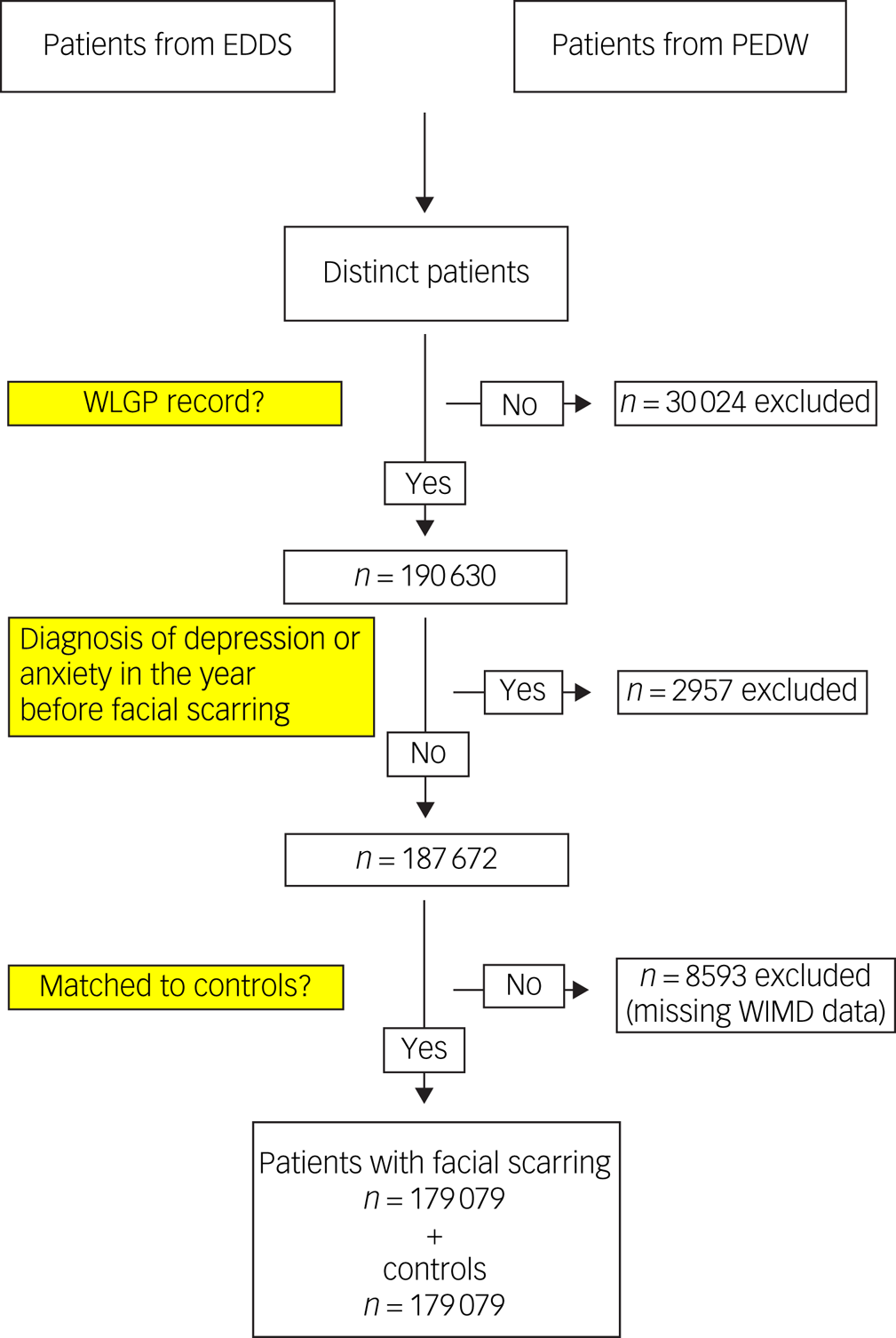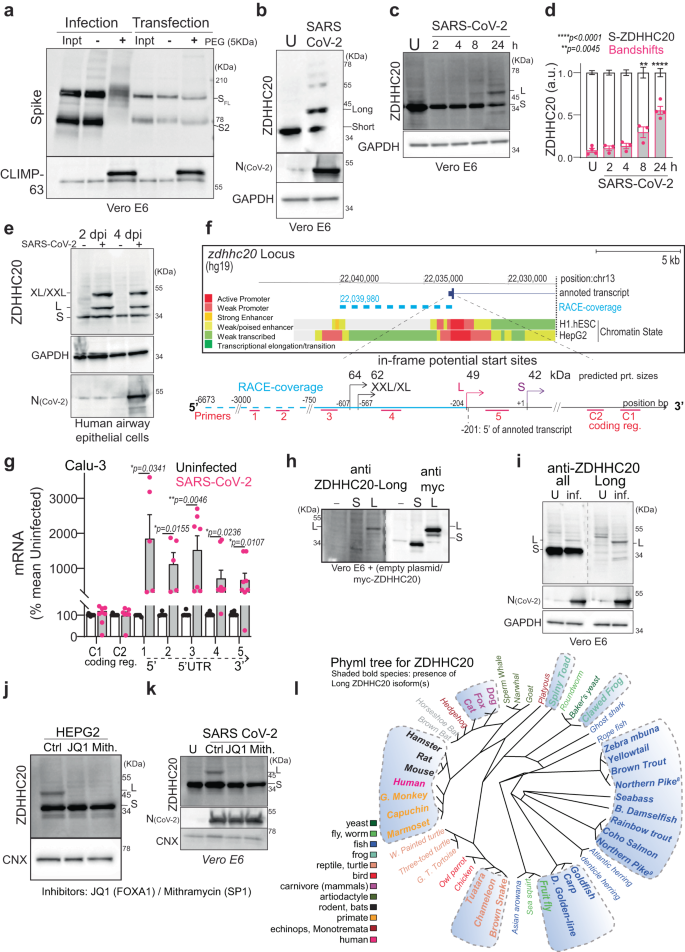2023-11-15 スウォンジー大学
◆スウォンジ大学のSAILデータバンクを使用して179,079人の顔の傷跡のデータを分析し、同じ数の傷跡のない人々と照合して、傷跡のある人々とない人々が不安やうつ病の治療を受けているかを調査しました。結果は、顔の傷跡を持つ患者の精神的サポートのあり方を変える可能性があり、これにより患者により良い情報と体験を提供することが期待されます。
<関連情報>
- https://www.swansea.ac.uk/press-office/news-events/news/2023/11/
- https://www.cambridge.org/core/journals/bjpsych-open/
顔の瘢痕と不安障害およびうつ病の関連性:358 158人の患者を対象とした集団ベース、データリンケージ、マッチドコホート分析 The association of anxiety disorders and depression with facial scarring: population-based, data linkage, matched cohort analysis of 358 158 patients
John A. G. Gibson,Thomas D. Dobbs,Rowena Griffiths,Jiao Song,Ashley Akbari,Owen Bodger,Hayley A. Hutchings,Ronan A. Lyons,Ann John andIain S. Whitaker
BJPsych Open Published:15 November 2023
DOI:https://doi.org/10.1192/bjo.2023.547

Abstract
Background
Estimates suggest that 1 in 100 people in the UK live with facial scarring. Despite this incidence, psychological support is limited.
Aims
The aim of this study was to strengthen the case for improving such support by determining the incidence and risk factors for anxiety and depression disorders in patients with facial scarring.
Method
A matched cohort study was performed. Patients were identified via secondary care data sources, using clinical codes for conditions resulting in facial scarring. A diagnosis of anxiety or depression was determined by linkage with the patient’s primary care general practice data. Incidence was calculated per 1000 person-years at risk (PYAR). Logistic regression was used to determine risk factors.
Results
Between 2009 and 2018, 179 079 patients met the study criteria and were identified as having a facial scar, and matched to 179 079 controls. The incidence of anxiety in the facial scarring group was 10.05 per 1000 PYAR compared with 7.48 per 1000 PYAR for controls. The incidence of depression in the facial scarring group was 16.28 per 1000 PYAR compared with 9.56 per 1000 PYAR for controls. Age at the time of scarring, previous history of anxiety or depression, female gender, socioeconomic status and classification of scarring increased the risk of both anxiety disorders and depression.
Conclusions
There is a high burden of anxiety disorders and depression in this patient group. Risk of these mental health disorders is very much determined by factors apparent at the time of injury, supporting the need for psychological support.


